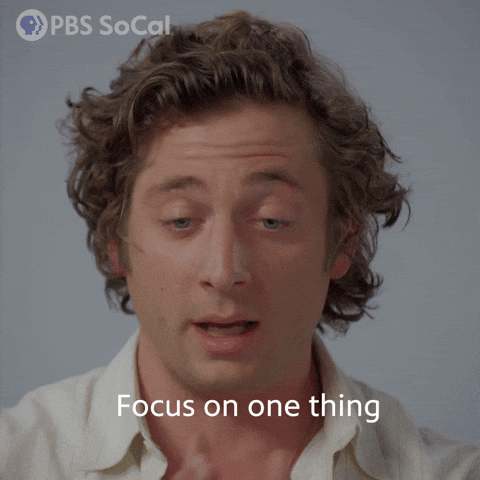- The Real World
- Posts
- A Workday Structure that Works
A Workday Structure that Works
Tailoring your schedule as a young professional

As a Young Professional,
I feel like most of the advice out there about structuring my days doesn’t really fit my schedule. There’s two camps: entrepreneurs with their morning routines that take hours and senior employees that I work with who barely have time to breathe outside of their never ending list of meetings.
I don’t have the time for very long stretches of uninterrupted work due to meetings and random pings from colleagues. But at the same time, I can’t afford to sit in endless meetings without making progress on actual tasks.
What do I, or we if you’re nodding your head in agreement, do?
Level 1: The Basics
Alright so these are a few simple things I’ve started doing that has actually quite dramatically increased my productivity every day.
The first two hours at work are purely for working and knocking out my tasks. No meetings, no breaks, just sit down and “do”. Put this as a personal block in your calendar so no one interrupts you.
Batching meetings if I have that power. Clustering all the meetings I set up to be back-to-back lets me either get or give all the information I need in a contained period of time.
Take legit breaks away from my desk and any screens (yes, even my phone). I know you’ve heard it a million times, I have too, but stepping away and going for a walk to give my brain and eyes a rest really does recharge me quite a bit.

The point of all these things is to give myself the space to focus on one thing at a time and give it my all. When I used to have meetings interspersed throughout the day, two things would happen very often:
One, it would take me a while to refocus on working after sitting through a meeting and that repeated 3x throughout the day led to more than an hour of wasted time as I tried to get into a flow. The other thing is that whenever I would start feeling stuck in my task, I would look forward to when my next meeting (aka break) was and so lose focus sooner than I otherwise would.
Level 2: Productivity Hacks
Once you’ve achieved a decent level of productivity and a working schedule based off of the level 1 tips, you might want to look into science-based practices to help you get into a more productive state and keep you there. Most of these are things I’ve been doing since college but they’ve been pretty good to me in the workplace as well.
Pomodoro Technique: You work for 25 minutes, take a 5 minute break, repeat for 3 sessions, take a 20 minute break. You can change up the timings or the number of sessions but this is what works best to keep me going when I don’t feel like working.
Distraction List: I constantly get random thoughts and questions as I work so I have a notepad that I write down all those things on. This lets me continue working with the guarantee that those thoughts are stored somewhere to get back to later.
Line ‘em up: I batch similar tasks together so I can knock them out one after the other while my brain is primed for that kind of task.
Breathe: Whenever I get a bunch of thoughts or feel very distracted, I scooch my chair back, close my eyes, and take some deep breaths. Sometimes, I’ll even do a quick 5-min guided meditation session to fully clear my head.

You once you hit this level
We’re all trying to get the most done in the shortest amount of time and I think these hacks will get you the most efficient use of your time.
Level 3: A Different Philosophy
Getting to the previous two levels will make you a productivity beast, there’s no doubt about it. This level is about what I’m doing after I started feeling unfulfilled with my work and as if each day just bleeds into the next. I think this is pretty common when you have a predictable schedule that repeats every day.
This looks something like spending 8AM-9AM on catching up with an offshore team, 10AM-12PM on project A, and then 1PM-3PM on project B. While these projects and the individual tasks will change over time, there is still a sense of malaise that starts to set in; you can get too bound by a schedule.
So my idea to get out of it was to dedicate whole days to single tasks. So a new schedule with this philosophy would see Mondays focused only on one task in project A, Tuesdays on project B, and so on. Let me tell you all the things I’ve learned since making this switch:
Since I spend a lot of time on one thing and make a lot of progress on it, I end up feeling more accomplished and get quicker gratification.
I realized that I used to switch tasks when they got really difficult, leading to a pile-up of the toughest parts towards the end of the week. With this system, I power through and make more progress.
Having only one major focus for the day also let me be more present cause I knew I had nothing else to worry about and giving my all to just this one thing would be enough
Obviously, this isn’t feasible to do every day but even having one day a week where you only have one focus has let me make so much more progress and it might work for you too!
Share the Real World
Let’s make a deal: You share this with your colleagues and friends and I’ll continue sharing my amazing tips and insights. Cool?
copy and paste this link to them: https://realworld.beehiiv.com/subscribe
